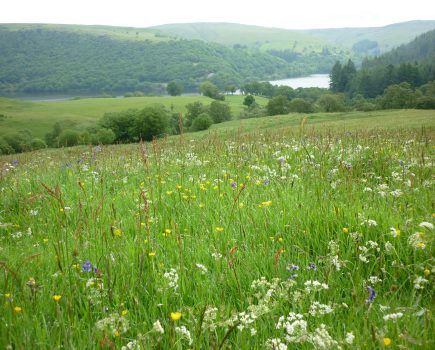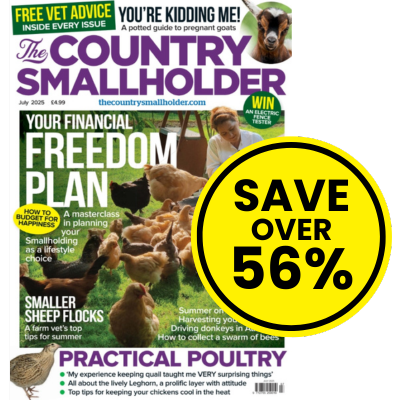As the breeding season approaches, Grant Brereton makes a case for hatching the natural way with broody hens.
Broody hens have been a huge part of my life. I have been fascinated by them since childhood and have had many successes and a few failures during the last four decades. What compelled me to write the book is the lack of available information on broodies. It was also people’s reactions when they’d visit, witnessing coops full of mother hens and chicks and marvel at them, saying things like, “you make it look easy!”
After delving a bit deeper, it soon became apparent that many, even accomplished show people, can struggle with broody hens. Conversely, many people get lucky the first time they embark on the idea of hatching their own chicks, but that doesn’t teach us anything. You can get quite a nasty shock when it goes horribly wrong the second time. Some chickens just aren’t cut out to be mothers, and so a good broody is worth holding onto if you like hatching the natural way.
You can argue whether broody hens or incubators are more reliable, but I feel that having the use of both is key! Not only an incubator so that you can harvest the fertile eggs (to later set beneath a broody), but also a ‘brooder’ in the form of a heat plate or lamp in case of any disasters.
You need this kind of back up if you’re hatching the natural way. It is easier, undoubtedly, to rear chicks under broody hens because there’s no electric bill to think of, and no garage or outhouse getting dusty and dry because of a heat lamp. But then, broody hens can be a challenge too – you always have to be thinking about raising the drinker high enough – so that the chicks can reach it but the broody can’t scratch litter into it. And of course, the scratching causes even more dust if your broody is housed indoors.
Broody hens spend most days scratching up their surroundings, despite feed being readily available – it’s just in their DNA to do so. A stepped base on timber is the way I deal with scratching broodies, making sure the chicks can access the water.
Picture caption: A white Wyandotte bantam and her chicks (a staged pic, the chicks were soon returned to the safety of their coop!).
This article extract was taken from the April 2025 edition of The Country Smallholder. To read the article in full, including Grant’s interview with Fancy Fowl Editor, Jed Dwight, discussing The Broody Hen Hand Book, you can buy the issue here.








